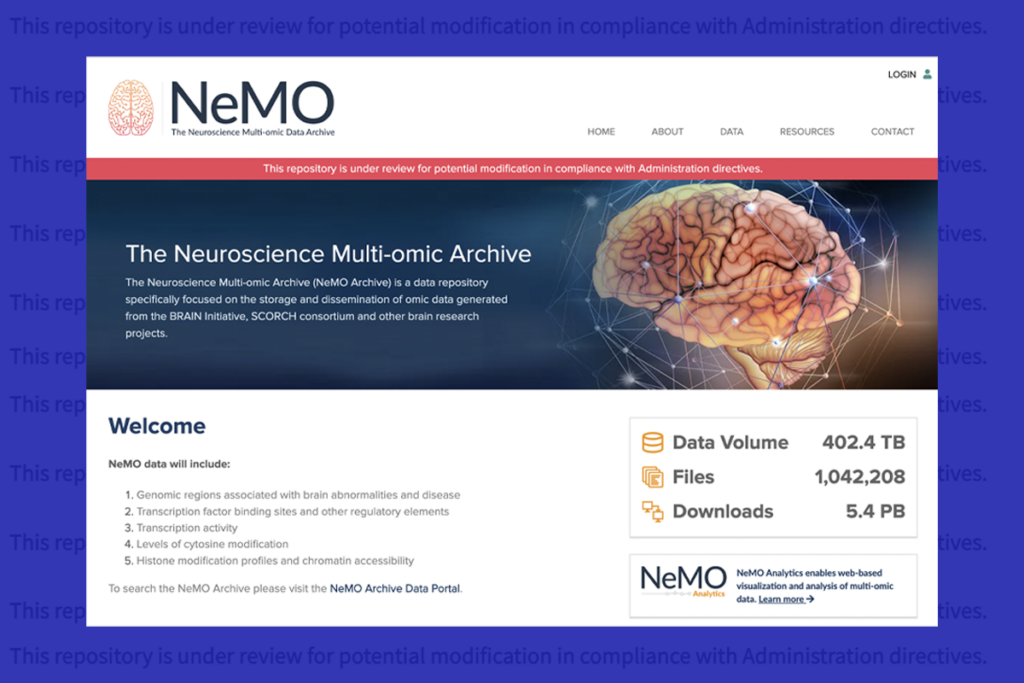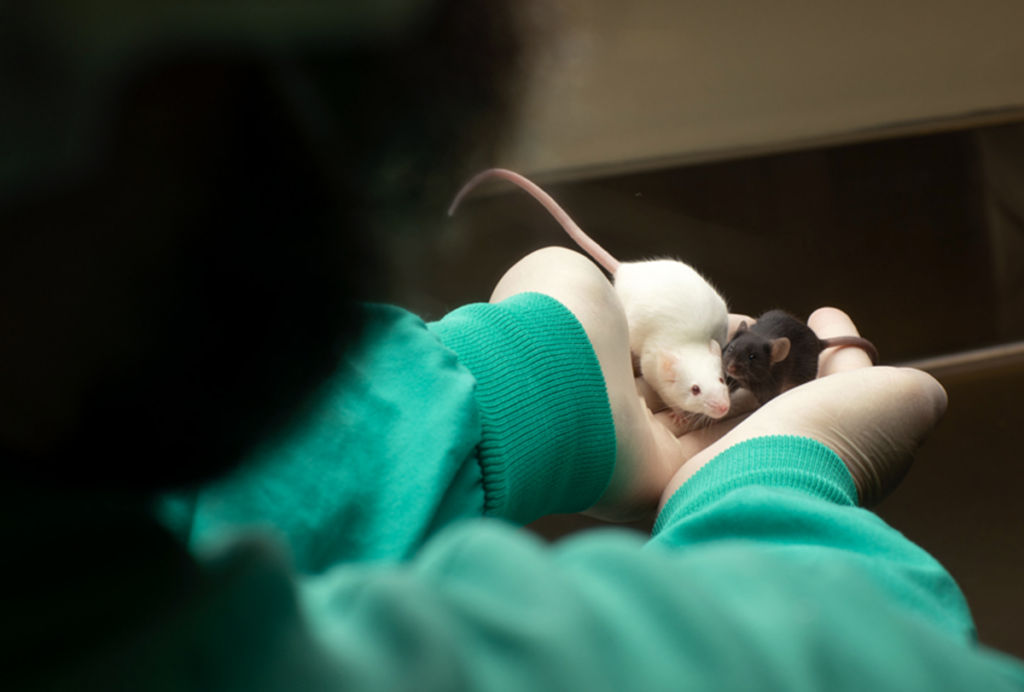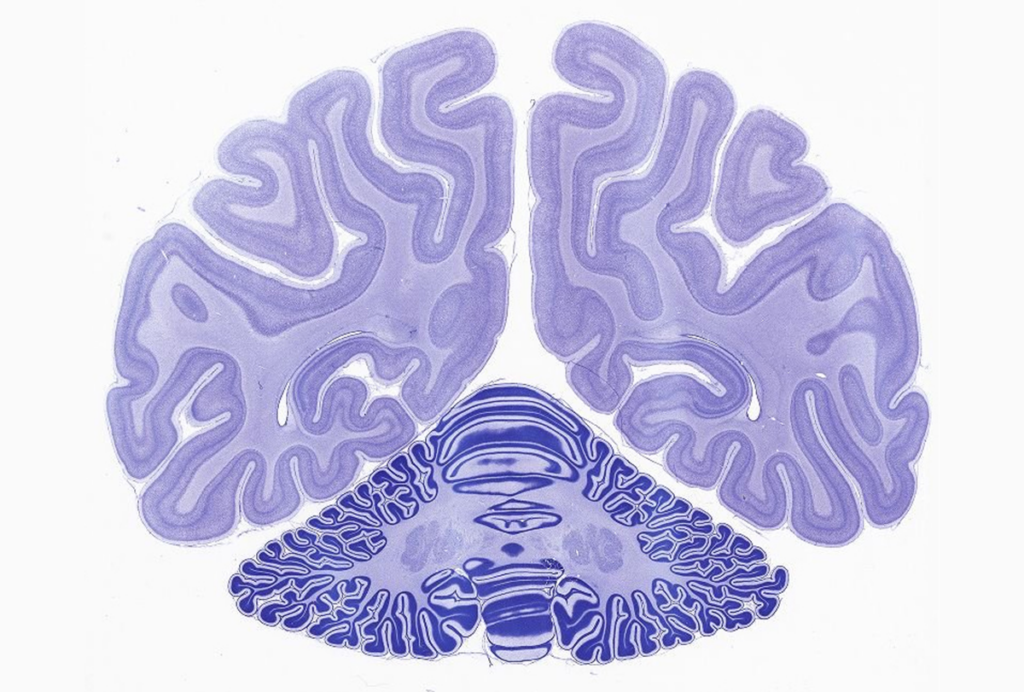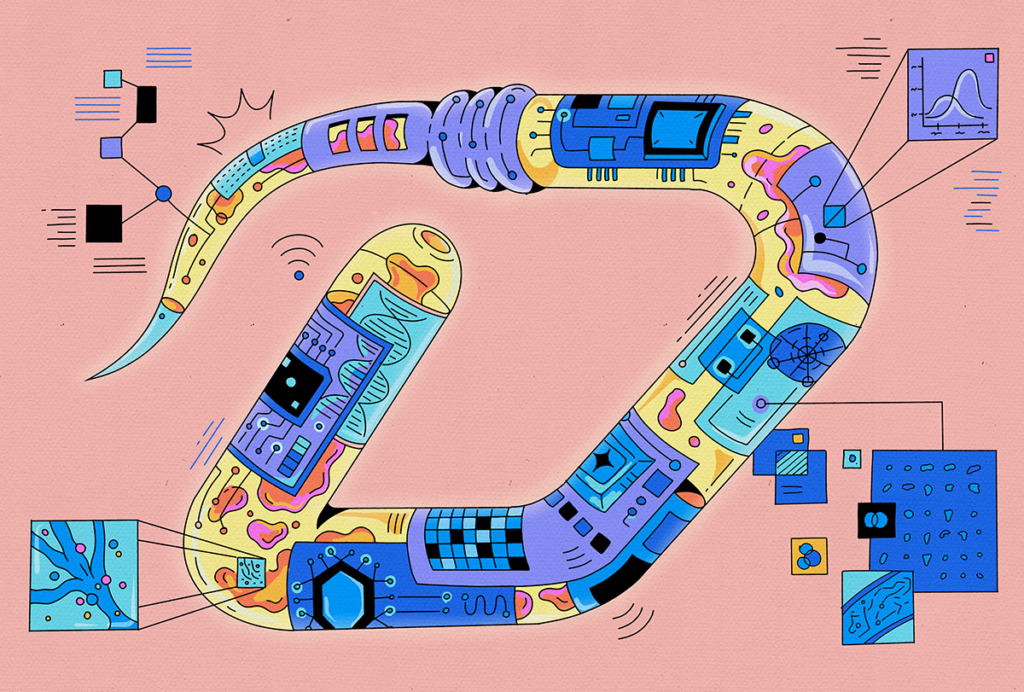
Without monkeys, neuroscience has no future
Research in primate brains has been essential for the development of brain-computer interfaces and artificial neural networks. New funding and policy changes put the future of such advances at risk.
Earlier this year, the National Institutes of Health launched a new initiative to prioritize human-based research technologies, such as organ-on-a-chip systems and computational models, and Health and Human Services Secretary Robert F. Kennedy Jr. announced plans to scale back animal research—including in primates—following similar initiatives in Europe. NIH policy changes soon followed.
The changes may appear bold on the surface, but these approaches are neither new nor able to stand alone. At the heart of nearly every major advance in human brain science is research with monkeys—including work that provides an understanding of how complex brain systems give rise to thought, movement, perception and cognition.
Monkeys are our closest animal relatives; they have a unique brain architecture that supports perceptual and cognitive faculties found only in primates, including humans. Because of the complex dynamics of these neural systems, studying them in our simian cousins gives insights into brain function that human-based models alone cannot match—making monkey research an indispensable pillar of scientific progress. Monkey neuroscience is not just complementary to work with humans; it is foundational to it.
We are entering a transformative era in neuroscience, in which breakthroughs in brain-machine interfaces, neurotherapeutics and biologically inspired artificial intelligence are poised to reshape medicine and technology. All of these advances relied on monkey research. If the NIH truly wants to emphasize human-based approaches, including monkey research is essential. Otherwise, the future of neuroscience is in doubt.
B
rain research with monkeys represents a tiny fraction—less than 1 percent—of the NIH budget. But that small investment has had an outsized impact. Look at recent advances in BMIs, which decode neural activity to restore lost movement, communication and sensation. These life-changing devices were built on decades of NIH-funded research into how primate brains create perception, thought and action, offering scientists the ability to study whole brain systems at a level of detail and precision that noninvasive methods in humans and computational models cannot match. BMIs now enable brain signals to control the outside world, helping tetraplegic patients control robotic limbs, and nonverbal stroke survivors to communicate. Advanced neurostimulation therapies are also helping veterans with post-traumatic stress disorder return to normal life.This progress is making its way into the private sector. Companies, including Black Rock, Precision Neuroscience, Neuralink, Synchron and Paradromics, are building on the wealth of primate brain data generated by NIH-funded research at universities, moving BMIs toward widespread clinical use. This broad commercial interest demonstrates how investment in monkey research can drive economic growth.
But supporting this type of work entirely through the private sector is unrealistic, for a number of reasons. Because the road from discovery to application is long, sustained federal support is essential; commercial benefits can be hard to discern at the outset, so for-profit companies are often reluctant to fund the early-stage research needed to build these technologies. Moreover, because most companies operate as closed, proprietary enterprises and do not share their advances, researchers have little or no access to any next-generation technologies those companies develop, making it impossible to conduct the kind of long-term, open and ethically rigorous studies in human participants that are essential for progress in the field.
Insights from independently funded, open monkey-research programs are necessary to help drive the future of AI. The deep-learning revolution that fueled the explosion of modern AI was directly inspired by research on the brain circuits for monkey vision. Today’s AI models build on these brain-inspired principles, combined with massive computing resources and datasets, but at a cost of hundreds of billions of dollars to build, and tens of billions annually to run. Meanwhile, the NIH invests only a few hundred million dollars in monkey brain research each year.
The brains of animals, especially primates like us, demonstrate far more adaptive and efficient intelligence than any AI. Understanding how a monkey navigates its complex physical and social environment could unlock the secrets of creating robots that think and act like humans. Compared with other animals, including rodents, we primates have greatly expanded parietal and frontal lobes, specialized visual circuits for processing social information about others of our kind, and a more modular organization overall. This unique brain architecture means that we “see” the world differently than other animals and employ primate-specific strategies to solve the environmental and social challenges we face daily.
Understanding these mechanisms is critical to further advances in NeuroAI, which draws on biology to guide AI development. The computer that sits between our ears is both vastly better and vastly more energy efficient than any hyperscale data center running the most advanced AI models. If we can understand how primate brains achieve so much with so little, one day we may look back at these massive AI data centers the way we now view the room-sized computers of the 1950s.
Meanwhile, global competition is intensifying. China recognizes the strategic value of monkey research in advancing both AI and neurotechnologies. With 23 government-backed monkey research facilities, China now far surpasses the United States, which has only 7 national primate centers. Whereas China has adopted a strategy to invest deeply in primate research, the U.S. and most of Europe are headed in the other direction.
The stakes could not be higher. We are witnessing revolutions in neuroscience, medicine and AI, and monkey brain research is a vital engine powering them all. Sustained investment in monkey research is a scientific imperative; it holds the potential to restore and enhance human abilities, to treat devastating mental illnesses and to unlock the next generation of Al. If we abandon this research now, we lose knowledge that would save lives and generate immense economic opportunity. Western science has a simple choice to make, but one with generational consequences: Continue to lead, or be left behind while our competitors define the future.
AI use disclosure
Recommended reading

What U.S. science stands to lose without international graduate students and postdoctoral researchers

U.S. human data repositories ‘under review’ for gender identity descriptors

Exclusive: NIH appears to archive policy requiring female animals in studies
Explore more from The Transmitter

Nonhuman primate research to lose federal funding at major European facility

Should neuroscientists ‘vibe code’?
